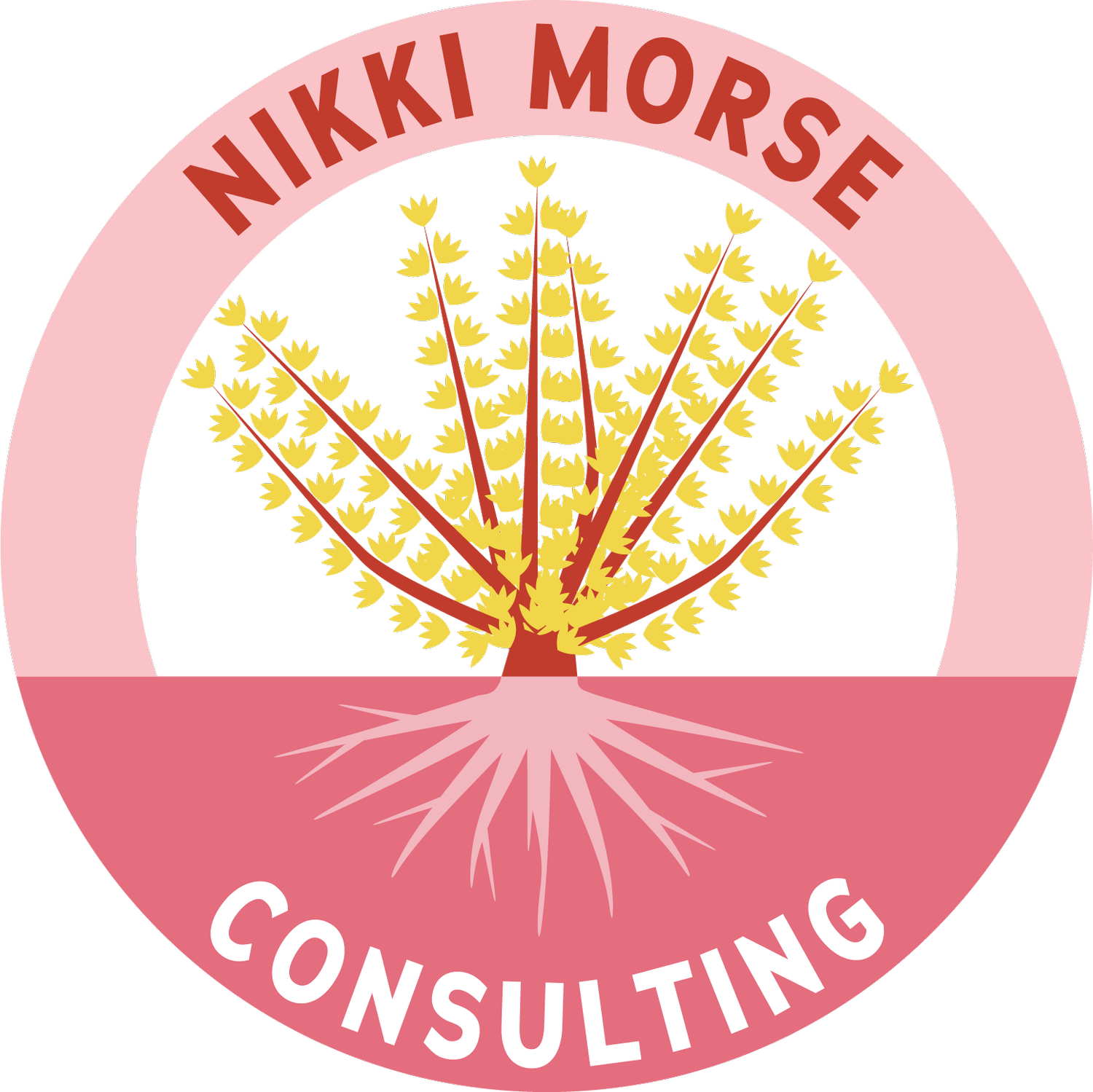Join My Newsletter
I publish a quarterly newsletter with updates on my clients as well as thoughts on fundraising and organizational issues and opportunities for social change organizations.
Membership Dues Part III - Best Practices
Here’s where the rubber meets the road - how building a membership dues program can be done! Key aspects are collaborating between organizing and fundraising, involving members at every step, and clearly delineating membership definitions.
Membership Dues Part II: Building Ownership and Accountability
Paying membership dues is a way for people to action for justice. It helps build ownership over the work of an organization and true investment in the future. And it’s a way for organizations to stay accountable to their members. Win win!
Winter 2025 - Membership Dues - How and Why
Ever wrestled with whether your organization should charge membership dues, or how to make your dues-paying members more powerful? ͏ ME TOO. Here are some thoughts on the how and why of membership dues.
Summer 2024 - Does “Board of Directors” have to be a dirty phrase?
Deadly meetings? Members won’t fundraise? Who gets to make that decision anyway? While there’s lots of problems and challenges with Boards of Directors, there are also many ways to build effective boards that can both contribute to and enhance your organization’s work.
Winter 2024 - Strategic Fundraising Planning
Here’s a 5 step process for building your annual fundraising plan - and ways to engage others in both the planning and implementation!
Fall 2023 - Love & Rigor
Social justice organizations are the lifeblood of winning movements for change. Yet, we often hear of organizations that have toxic cultures that demoralize staff and members and get in the way of winning. Values in theory aren’t enough - we need to concretize them in our personal and organizational practices to make them matter.
Winter 2023 - Building a Hiring Pool
Do you struggle with getting enough (or the right) applications for open positions? Here’s how to effectively make use of all of the tools at your disposal to build a good hiring pool!
Fall 2022 - How To Be a Good Donor
First of all - yes, this applies to you. 70% of Americans make charitable donations, including many who don’t consider themselves to have disposable income. However much you give, where you put your charitable donations does matter.

